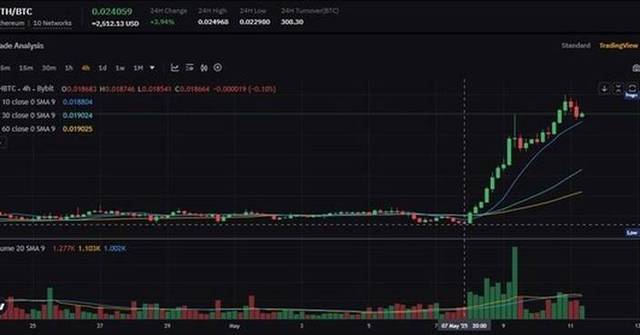Sonofai Revolutionizes Frozen Tuna Inspection with Fujitsu AI Technology

Fujitsu Limited, in collaboration with Sonofai Inc., Ishida Tec Co., Ltd., and Tokai University, has announced the forthcoming launch of an automated inspection device designed to determine the fat content of frozen albacore tuna without damaging the product. This innovative device, which utilizes Fujitsu's advanced AI technology, is slated for release by Sonofai Inc., a Japanese startup focused on integrating digital innovation with traditional artisanal methods.
Ishida Tec Co., Ltd., a prominent manufacturer of food processing equipment, and Tokai University, a driving force in food processing industry advancements, also played significant roles in this collaborative effort. The newly developed inspection device, named SONOFAI T-01, is scheduled to launch in June 2025. Initially, Sonofai will target the seafood processing industry and fisheries cooperatives within Japan, with plans for subsequent global expansion.
This initiative addresses the increasing global demand for high-quality tuna. Data from the Japan Fisheries Research and Education Agency indicates a 25% increase in demand over the past two decades. The SONOFAI T-01 leverages Fujitsu's ultrasound analysis AI technology, a core component of the Fujitsu Kozuchi AI service, to accurately assess fat content in frozen tuna non-destructively. This marks it as the first device of its kind to offer this capability.
Traditional methods of assessing tuna fat content rely on skilled workers visually inspecting thawed cross-sections of the tail. This process is not only labor-intensive and time-consuming but also subject to inconsistencies due to subjective human judgment and a shortage of skilled personnel. The SONOFAI T-01 automates this process, allowing for a complete inspection of a tuna sample in just 12 seconds, operated by a single person. This offers potential labor and operational efficiency savings of up to 80%.
By facilitating rapid screening of large quantities of frozen tuna, the device significantly reduces the workload on skilled workers, enhances the efficiency of the selection process, and helps to lower costs while mitigating labor shortages. It also improves accuracy and reduces the risk of mislabeling high-value, fatty portions of the fish, known as "bintoro".









